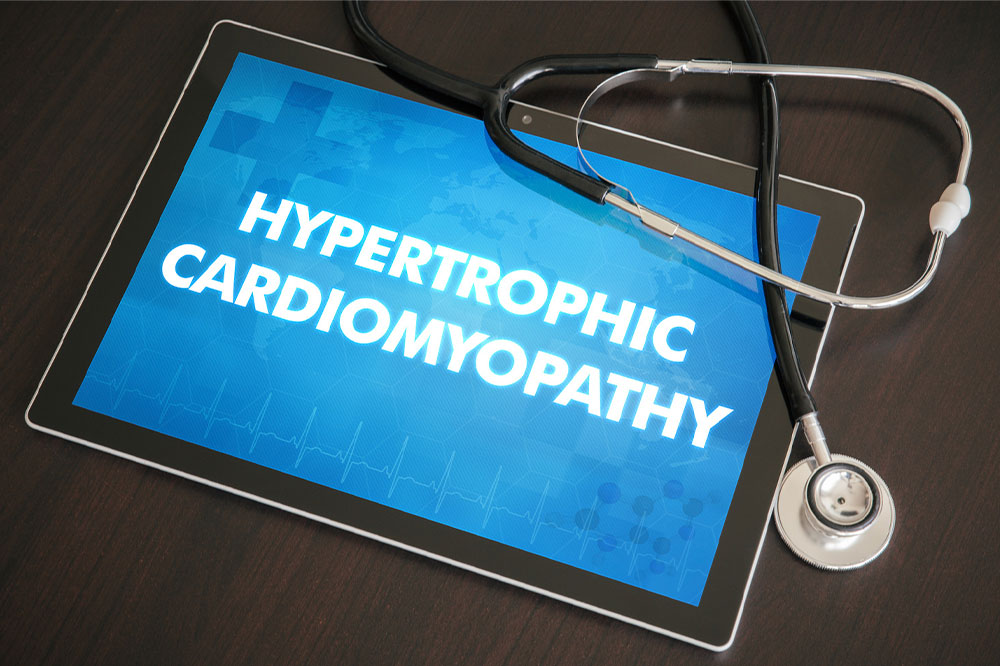Everything to know about obstructive hypertrophic cardiomyopathy

Hypertrophic cardiomyopathy (HCM) is a health condition in which the heart muscles become thick, leading to poor blood pumping function by the organ. When these thickened walls block the blood, it is called obstructive hypertrophic cardiomyopathy, or HOCM. And when there is no significant blockage, it is called nonobstructive hypertrophic cardiomyopathy. The symptoms are very few, making diagnosing the condition at the right time difficult. Let’s look at a brief overview of this illness.
Causes
It has been studied that gene changes in individuals cause this health condition. This is called gene mutation. The thickened muscle is usually between the two bottom chambers of the heart, which help in pumping the blood out, and if it stiffens, it makes it harder for the heart to relax. This leads to a reduced amount of blood that the ventricle can hold, and it is then unable to pump enough out to the rest of the body with each heartbeat. Due to this condition, some individuals also experience rearrangement of heart muscle cells, also called myofiber disarray, which can cause arrhythmias.
Symptoms
While the symptoms are few and are usually noticed very late, here is what to look out for:
- Any chest pain during a workout or any other form of exercise
- Fainting after strenuous activity or a workout
- A heart murmur that is mostly only detected by a doctor if you go in for a check-up
- Palpitations or experiencing fast, fluttering, and pounding heartbeats
- Shortness of breath that is usually observed during exercise
While these symptoms overlap with other health conditions, it is important to see a doctor immediately when other signs are noticed, like irregular or rapid heartbeats, difficulty breathing, and chest pain.
Treatment options
It is not possible to cure this condition; however, there are several options and procedures in place which help relieve the symptoms of the illness and reduce the risk of cardiac arrest in individuals. Some of these options include surgeries like:
- Septal myectomy
This procedure involves removing a part of the overgrown, thickened wall between the heart chambers that help improve the blood flow. - Septal ablation
This treatment method uses hospital-grade alcohol, and it is injected through a catheter into the artery that supplies blood to the affected area. This process may have side effects like a heart block, creating other complications. - Implantable cardioverter-defibrillator
Also known as ICD, this is a small device that helps monitor the affected patient’s heartbeat. Just like a pacemaker, this is implanted in the chest, and during any arrhythmia episodes, the device automatically sends in the appropriate electrical shock to help restore the heart rhythm. This is a useful tool in preventing cardiac arrest at the moment any irregular heartbeat is noticed.
Some of the lifestyle remedies that can help keep the heart healthy involve having an active lifestyle and following a nutritious meal plan.



